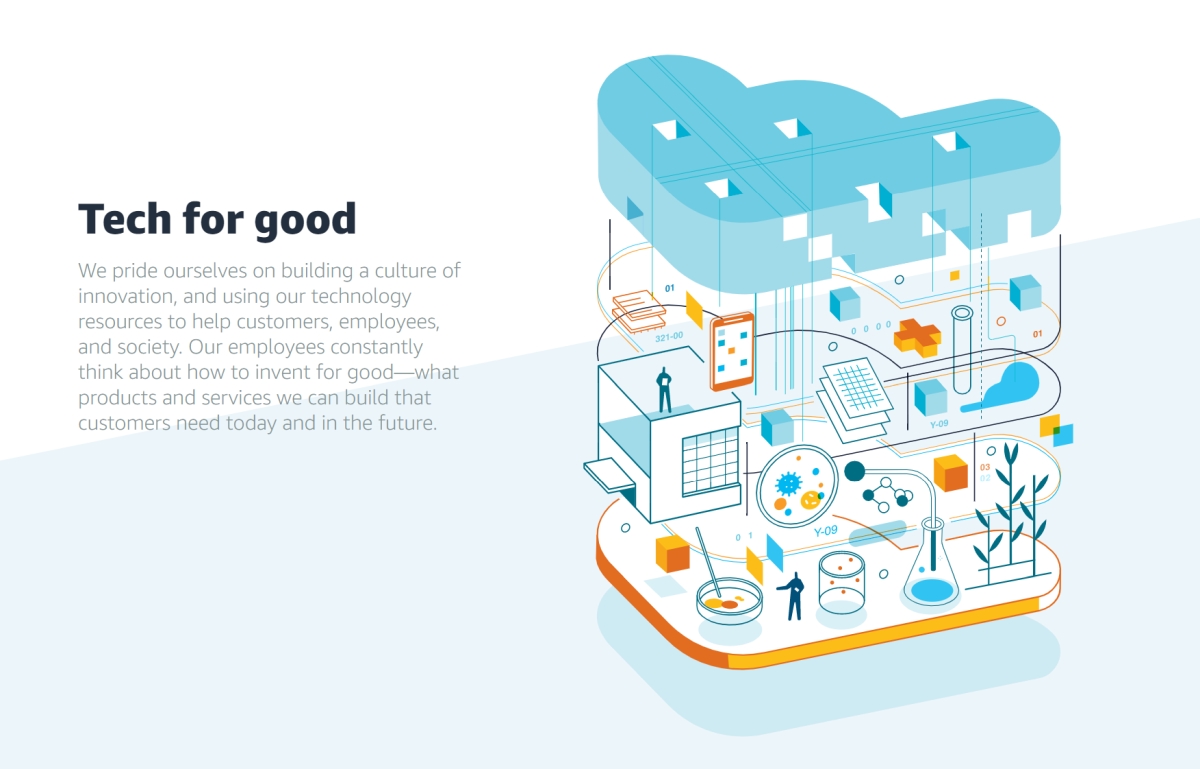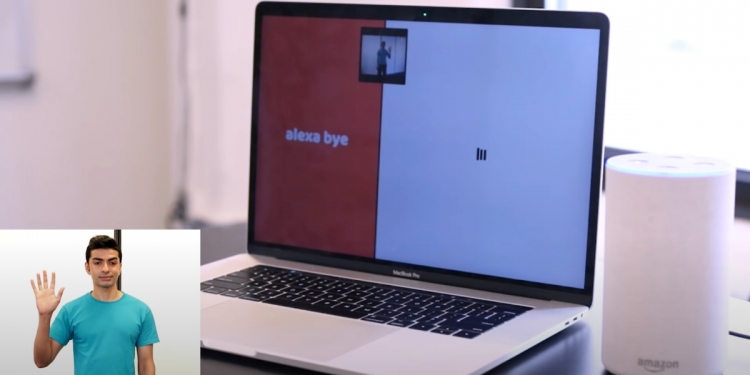The development in technology over recent years has played an important role in globalisation, with broadband speeds increasing to meet the demand of an increasingly digital world. According to Santanu Dutt, Head of Technology for Southeast Asia with Amazon Web Services (AWS), technologies like machine learning and artificial intelligence play a huge role in improving accessibility for those who have some form of speech, hearing, or visual impairment.
Out of over 450,000 persons with physical disabilities in Malaysia as of 2018 (according to the Social Welfare Department of Malaysia), 17% reportedly have some form of speech, hearing, or visual impairment. As such, tools and services that can help to integrate them into the larger community as a whole have continued to grow in importance.

The “Tech For Good” initiative
As providers of cloud computing services to a global market, Amazon Web Services’ solutions could enable corporations, or even developers to create products under the “Tech For Good” initiative. AWS says that their technological resources enable those in the ecosystem to “invent for good”—basically, services or products that will better society.
For example, Santanu explains how voice technology and machine learning can change the way someone communicates with their devices, saying that voice commands feel “more natural” than conventionally inputting commands on a device. This is especially important for those who have visual impairments, and Santanu predicts that voice learning technology is going to play a “major role” in the coming years for computing.
Think of it like this. AWS’ services are essentially building blocks—blocks that can be built upon by developers to create solutions that can be both innovative and inclusive. Take Amazon Polly, for example, where text can be converted into “lifelike” speech in real-time in multiple languages. Or Amazon Lex, which uses deep learning technologies to create “conversational interfaces” into apps.
One of the case studies that Santanu shared was The Pollexy Project. An AWS cloud architect used a combination of Amazon Polly, Amazon Lex, and a Raspberri Pi to help his autistic son to communicate to Pollexy, a special needs voice assistant he developed.
It was cool because there was no physical person in the room. It was an invisible voice that he responded to, and that’s a very chilling to think about. When you’re able to find something that can communicate with him, and that he can understand, your brain starts wondering: how else can we use this?
– Troy Larson, AWS cloud architect
Something else that catches the eye is the deeplens-asl tool, which helps those who aren’t able to use voice commands due to speech impairments. The technologies make it possible for Amazon’s virtual assistant, Alexa to understand the ASL (sign language) alphabet. Again, this opens up a world of potential into how technology can be more inclusive towards everyone in society by removing communication barriers that would otherwise have been a hindrance.
Other case studies shared by Santanu include Amazon Transcribe, as well as Amazon Connect. The latter is also used by corporate clients to further streamline the customer service process for front-facing agents; for example, call centre operators can rely on AI-generated suggestions when dealing with call-in customer requests.
AWS’ services aren’t only limited to business customers. Instead, consumers can also access the AWS suite of tools, with a view to creating solutions for a more inclusive society of consumers and businesses. And of course, artificial intelligence and machine learning isn’t just about predictions—Santanu explains that it goes “much beyond that”, with computer vision, automation, and more technologies offering potential for various industries, including agriculture, medicine, and education.
To find out more about Amazon Web Services, click here. If you’re keen to know more about the “Tech For Good” initiative, click here.
[ IMAGE SOURCE ]








